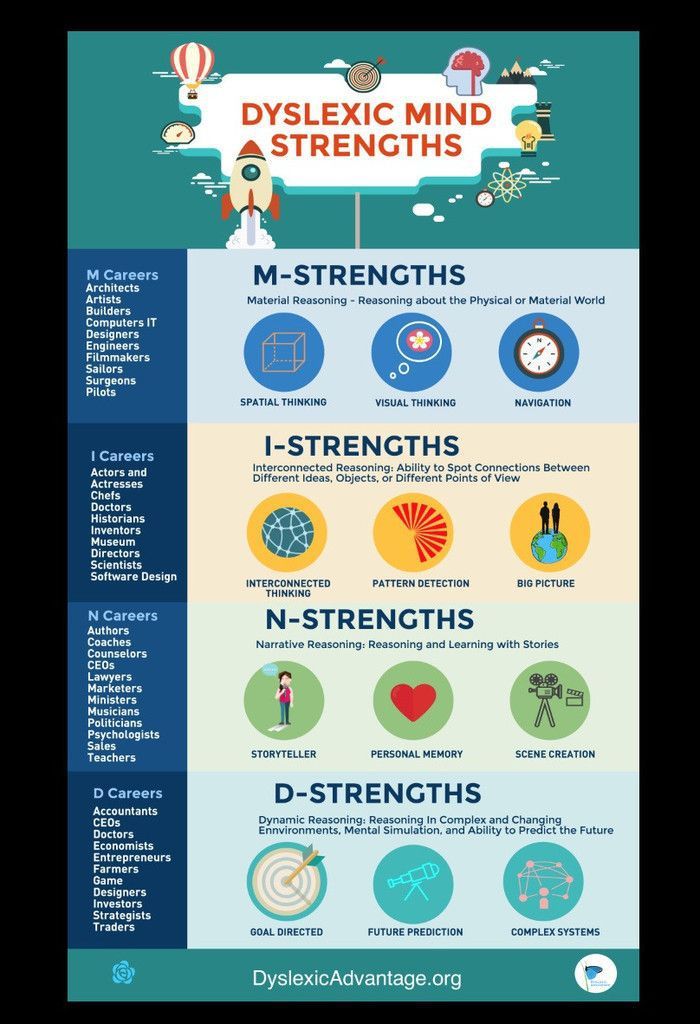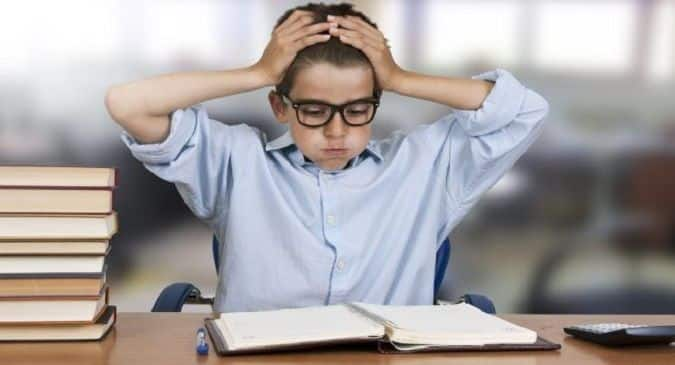
Aphasics with a history of trauma or abuse of the brain can be diagnosed with Broca's aphasia. There are many other types of aplasia, that affect many people in many different ways. The most common forms of aplasia are: expressive aphasia or non-fluent aphasia, which affects individuals who are unable to articulate their own words; Broca's aphasia, also known as nonfluent or fluent aphasia is a condition where individuals find it extremely hard to utter and understand the correct words; and oculomotor aplasia, which effects people who cannot move their facial muscles when the spoken word occurs to them.
Alexithymia is a completely separate condition characterized by the inability to express one's thoughts. It is often confused with aphasia due to the similarity in the appearance of the eyes. This causes significant pain and discomfort when speaking, but does not affect the ability to perform normal activities. Some plastics have alexithymic properties in the family, and parents and siblings are affected in the same way.
Alexithymia is usually associated with developmental dyslexia or other learning problems. There is no cure for alexithymia, but there are treatments and methods that can be used to help people suffering from this debilitating condition. Since most people with alexithymia will never seek treatment for their condition, some parents have become experts in diagnosis and others rely on alternative therapies that can treat both alexithymia and their child's symptoms. One such alternative therapy is yoga.
Yoga is a form of exercise that has helped millions of people around the world cope with many physical and mental illnesses, including dyslexia. Since most people with alexithymia are shy or embarrassed to talk to someone, you can allow them to speak in a more relaxed way. It is important that a person with alexithymia find a qualified yoga instructor before starting a yoga program because they must learn the different postures that are best suited to their specific needs and capabilities.
Yoga for alexithim requires them to learn to focus their attention on one position or area. Then they should gradually increase the strength of what they can focus on with each movement. These poses can include stretching, relaxation, meditation, and rhythmic stretching. Some postures can cause slight tension in the muscles and tendons of the body.

To achieve these poses, the alexithymic must focus their thoughts
Since they may have trouble talking because they are unable to speak properly or express themselves, it is important that they focus their attention on their breathing so that they can practice deep breathing. They must breathe in and out slowly, focusing on the muscles and tissues of their body that are being used and held tightly.
Alexithymia can be controlled with various types of yoga, such as hatha yoga and power yoga. This type of yoga will focus on the breath and the muscles, while power yoga focuses on balancing the mind and body through breathing techniques. A combination of yoga and breath control techniques may be all that is needed to treat alexithymia.
If you are a parent suffering from alexithymia, you can find many books and programs that are available for you to learn the various poses and breathing techniques that are best for treating your alexithymic child. Yoga is a great alternative treatment for dealing with this condition and can be helpful in reducing the symptoms and the effects of dyslexia in children.
Yoga provides a great way for people to relieve stress. If you are suffering from alexithymia, yoga can also help ease the stress you feel and help you to be in a positive mood. It is important to keep in mind that it is very difficult to practice yoga if you have a condition such as dyslexia.
If you are suffering from dyslexia and are interested in becoming a yoga instructor for people with alexithymic tendencies, a good place to begin is with an a Yoga Alliance certification course. You can learn all about the different yoga positions, poses, and breathing techniques that are used for the therapy of alexithymics. and be able to teach yoga at a local school or community center.
Yoga is a form of exercise that many people find relaxing. This form of therapy may be the first line of defense that your child needs to relieve their symptoms of dyslexia. It is an essential part of any parent's treatment plan to provide a healthy lifestyle for their child.

Leave a Reply